Is it necessary to deadhead lilies? Expert advice from a professional gardener
Deadheading faded lily blooms can improve the health and appearance of your plants
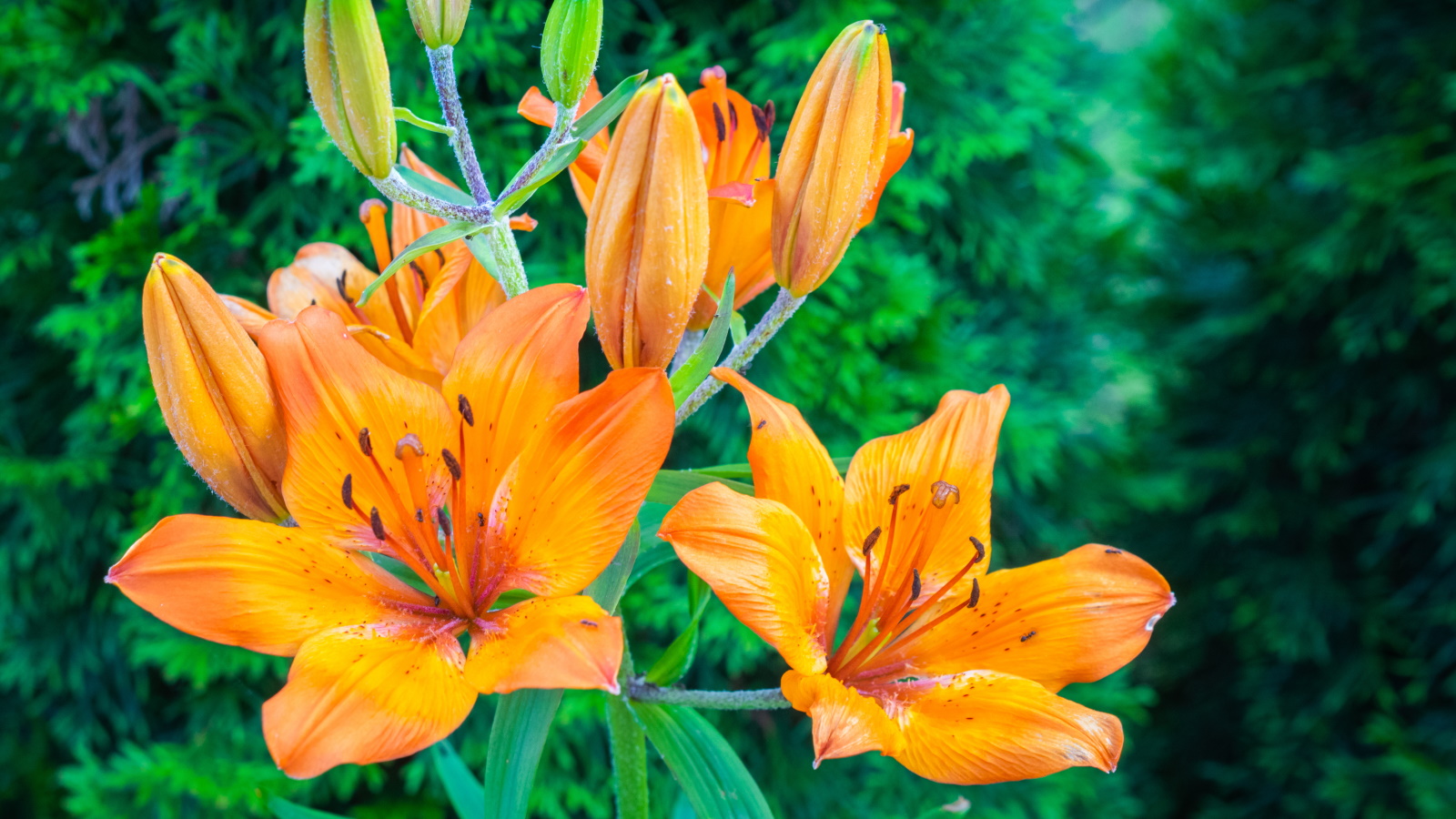

Lilies are some of the best summer bulbs to plant, blooming in a range of shapes, sizes and colors. From vibrant orange to blood red, pure white to golden yellow, lilies can add height and floral decadence to your borders and containers, often soaring upwards to 5 or 6 feet tall.
Deadheading faded blooms is an important job to add to your summer garden checklist for aesthetic and practical reasons. Brown and spent flowers can detract from other colors in your summer borders, and deadheading will ensure that energy is stored by the bulb, giving your plants the best chance to survive the winter and return next year.
Knowing how to deadhead lilies, therefore, is a crucial part of caring for these unique and striking plants, helping to keep your lily plants healthy and happy. Here, one garden expert reveals how to deadhead lilies successfully during the summer.

How to deadhead lilies
'Some lilies are repeat-flowering, while others only flower once per year,' Sam says. 'It is most often the case that deadheading will not encourage more blooms, but will help the bulb store energy for next year.
'Lilies can be deadheaded either by hand or by using pruners,' such as these pruning snips from Amazon. As with all gardening tools, it is important to maintain clean, sharp pruners for tidy cuts. One common deadheading mistake that can cause damage to your plant is jagged, messy cuts, inviting disease and infection into your borders.
'I prefer to deadhead everything with pruners but many types of flowers will snap off by hand just as easily. It is down to each gardener what they find best,' Sam adds.
Once a lily flower begins to wilt and fade, simply remove the entire bloom and 1 inch of stem to prevent seed production. Be careful not to damage the leaves, however, as the plant needs healthy foliage to take in as much energy as possible before winter dormancy.
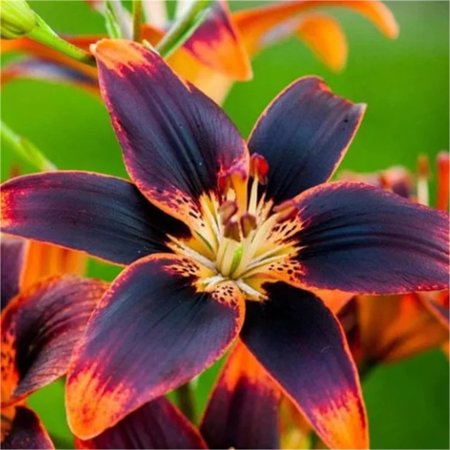
These stunning lilies bloom in deep purple and orange, appearing tiger-like in borders and pots. What's more, these lilies will attract butterflies and hummingbirds to your yard.
Should you deadhead all varieties of lilies?
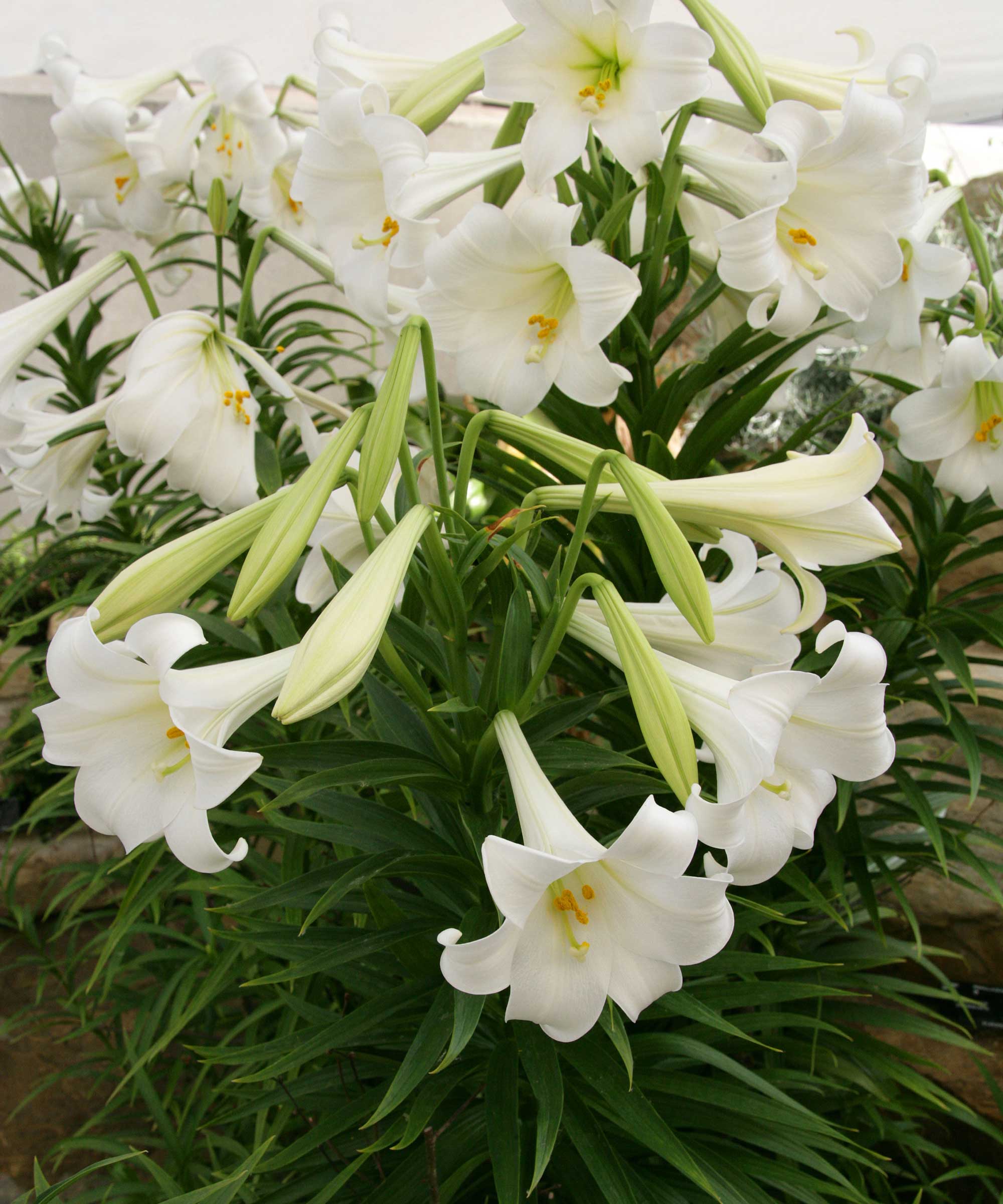
'There are many different types and categories of lilies, meaning that regardless of climate, location, or US hardiness zone, most gardeners can find a lily that can be grown in their yard,' says Sam Niemann, garden expert and founder of Grown by Design, a boutique landscape design firm based in San Diego.
'Lilies are prized for their blooms, showcasing bold color and heady fragrance,' Sam continues. 'Deadheading lilies can help maintain their appearance, and many lily types benefit from deadheading.'
The Lilium plant family is made up of over 100 lily species, many of which are well known. Easter lilies, Lilium longiflorum, for example, are a popular choice, captivating gardeners with bright white trumpet-like blooms, as seen in the image above.
Lilium asiatica, or the Asiatic lily, is another striking option, typically grown in pots due to its low-growing nature. My father once grew an orange Asiatic lily in the same pot for several years, and it reliably returned with vibrant blooms every summer in our backyard in Wales. For a low-maintenance, reliable lily, this is certainly the plant to pick.
'Oriental Lilies, Lilium oriental, are renowned for their potent floral perfume, dazzling in borders and pots with their large, star-like blooms,' Sam says. 'Stargazer' hybrids are considered some of the easiest lilies to grow, and they would certainly wow in a sunny spot in any yard. 'Stargazer' lily bulbs are available to buy from Walmart.
All of these true lily species will benefit from deadheading in the summer months. 'While they might not produce hundreds more flowers, deadheading lilies will prevent energy from seed production and, instead, focus energy on the health of the bulb.'
The only lily species that I would advise against deadheading is the Martagon group, Lilium martagon. Native to the mountainous meadows of Europe, these lilies are self-seeding flowers, and are best left to scatter about the yard in a natural, wild way.
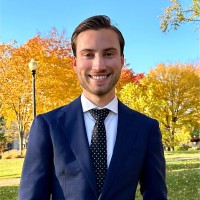
Sam is a lifelong gardener whose passionfor plants and nature has been the driving forcebehind his extensive knowledge and expertise inhorticulture. He studied at San Diego State University, earning a degree in Finance whilesimultaneously founding Grown by Design, aboutique landscape design firm.

These Felco pruners will make light work of all your deadheading needs, easily cutting stems and branches to ensure that you keep on top of your pruning tasks.
FAQs
Can I compost faded flowers that I have removed?
Yes, you can dispose of lily flowers by adding them to your compost heap. Always ensure that any flowers or foliage you add to the compost pile are not diseased, and snip any stems into small pieces no bigger than a few inches to speed up the composting process.
When planting summer flowering bulbs, remember that these bulbs will not tolerate frost and snow, so it is best to wait until the soil begins to warm in spring before planting them. Within a few months, your lily bulbs will grow and bloom, filling the yard with color and fragrance. Knowing how and when to deadhead these blooms is a simple step that can dramatically improve the appearance of your plants. For more lily advice, you can see our guide on when to plant lily bulbs or how to fertilize lilies.
Sign up to the Homes & Gardens newsletter
Design expertise in your inbox – from inspiring decorating ideas and beautiful celebrity homes to practical gardening advice and shopping round-ups.

Thomas is a Content Editor within the Gardens Team at Homes and Gardens. He has worked as a professional gardener for both public spaces and private estates, specializing in productive gardening, growing food and flowers. Trained in Horticulture at the Garden Museum, he has written on gardening and garden history for various publications, including The English Garden, Gardens Illustrated, Hortus, The London Gardener and Bloom. He has co-authored a Lonely Planet travel book, The Tree Atlas, due out in 2024.
-
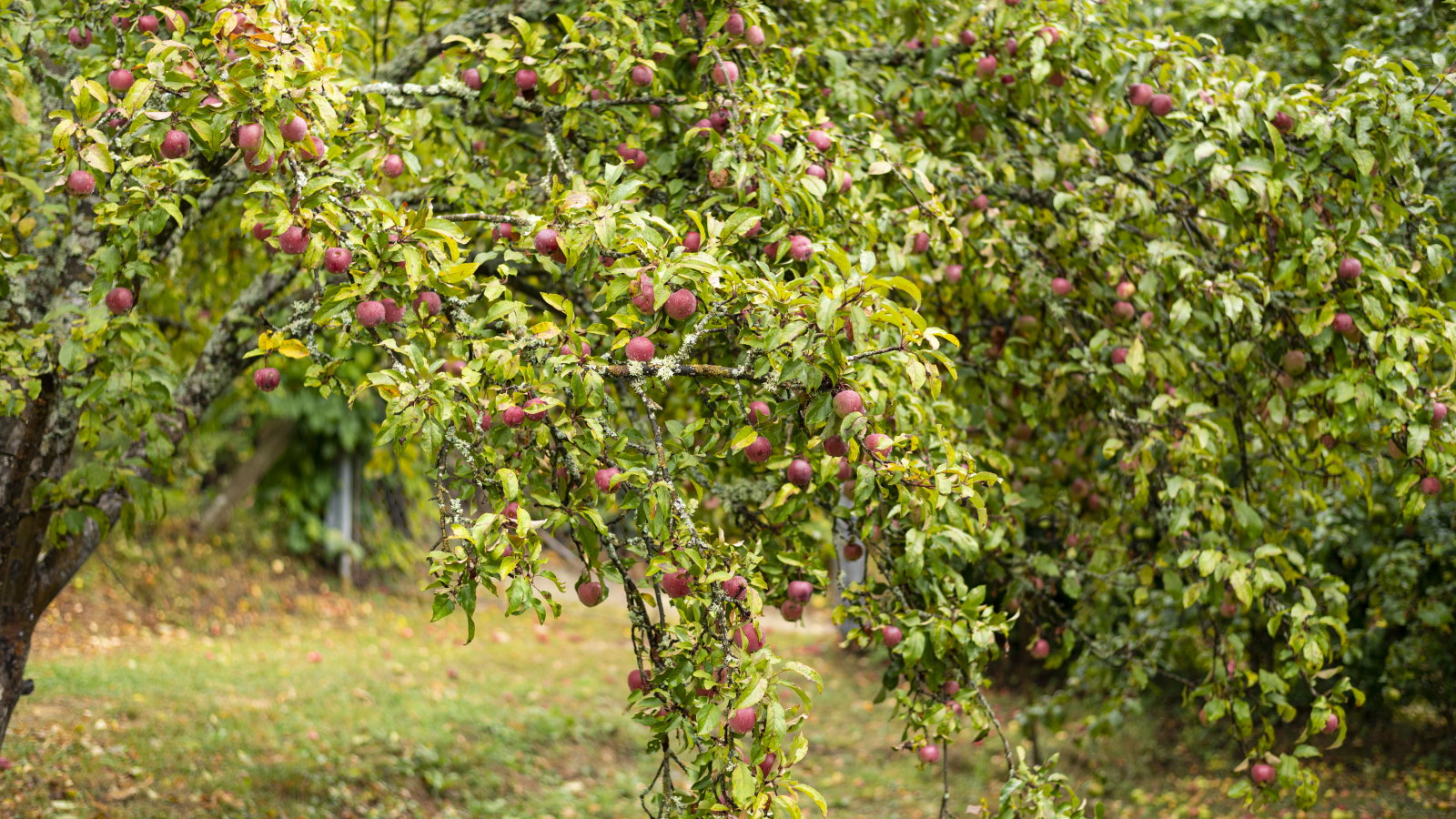 Plants never to grow next to fruit trees
Plants never to grow next to fruit treesExpert advice on which plants to keep away from fruit trees to encourage a healthy harvest
By Jacky Parker Published
-
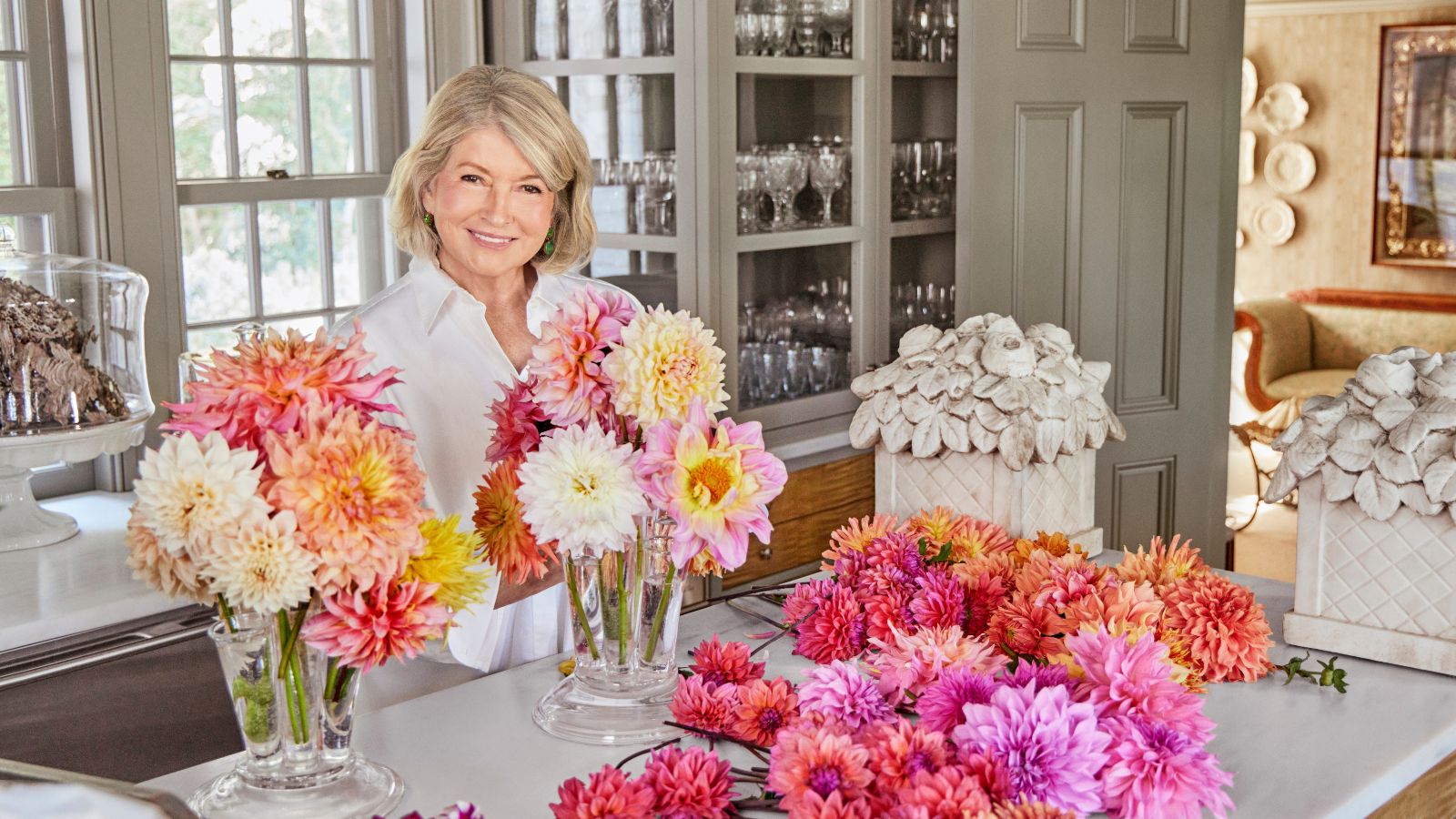 Martha Stewart's tips for arranging daffodils are unbelievably simple and effective – it's the only flower advice you need this springtime
Martha Stewart's tips for arranging daffodils are unbelievably simple and effective – it's the only flower advice you need this springtimeMartha shows us that we can create gorgeous bouquets of this seasonal flower by simply trimming the stems and placing them in specific vases
By Hannah Ziegler Published
-
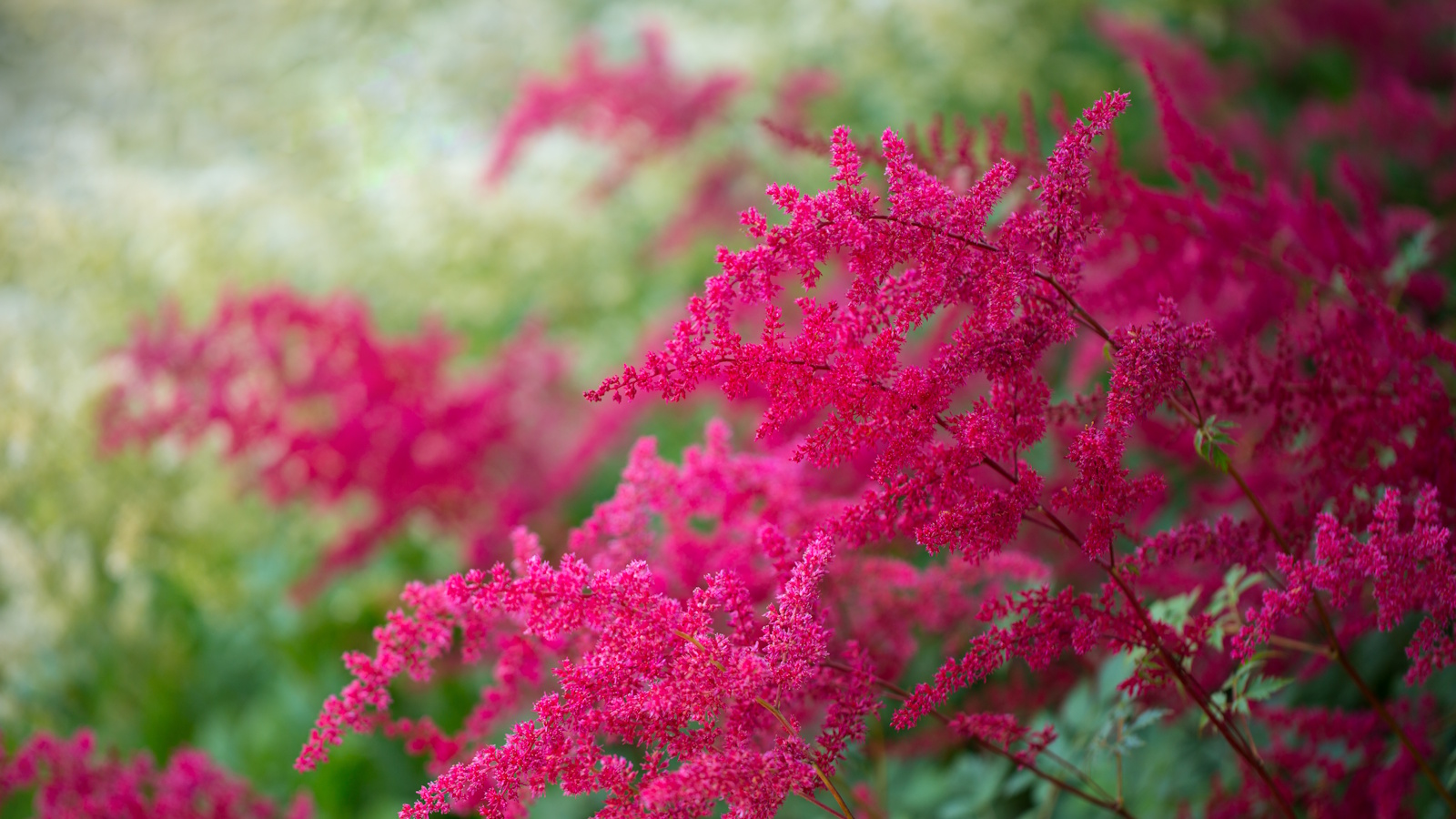 How to grow astilbe – expert advice on cultivating this shade-tolerant flowering perennial
How to grow astilbe – expert advice on cultivating this shade-tolerant flowering perennialShade-tolerant and pest-resistant - astilbe are hardy and tough perennials that can thrive in many settings
By Ellen Wells Published
-
 7 native perennials to plant in April – for glorious flowering displays to attract bees, butterflies, and hummingbirds
7 native perennials to plant in April – for glorious flowering displays to attract bees, butterflies, and hummingbirdsDiscover some of the best perennials to plant in April to make your garden a hotspot for wildlife
By Drew Swainston Published
-
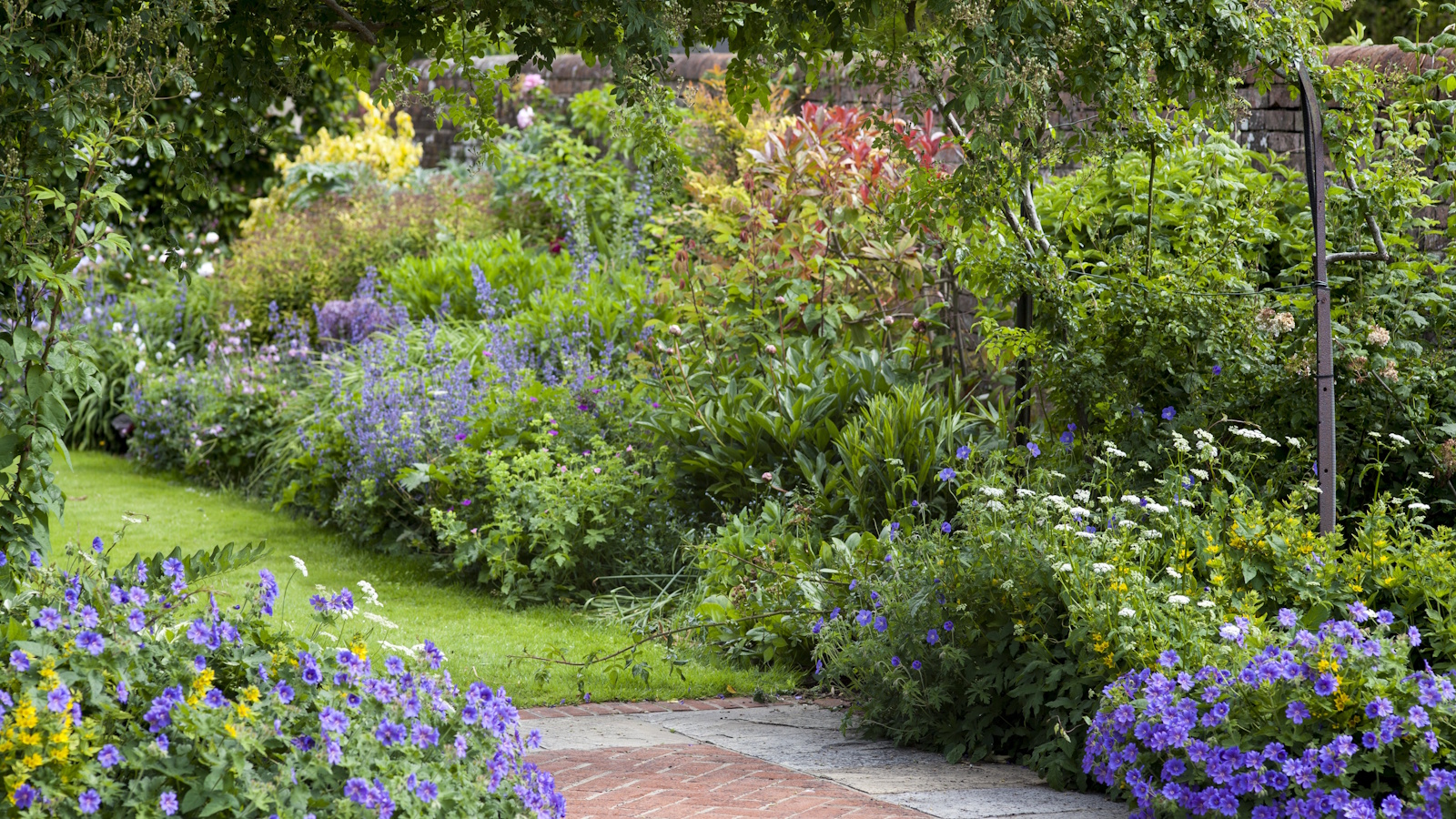 Is the viral salt hack the secret to a weed-free patio? A garden expert warns of irreparable, long-term damage – plus reveals the safest way to get results
Is the viral salt hack the secret to a weed-free patio? A garden expert warns of irreparable, long-term damage – plus reveals the safest way to get resultsYou might have seen gardeners on TikTok or Instagram using salt to kill weeds in pavers, but this hack should be avoided at all costs
By Thomas Rutter Published
-
 Worst-smelling plants to avoid – experts reveal 5 pungent species and suggest perfumed options to grow instead
Worst-smelling plants to avoid – experts reveal 5 pungent species and suggest perfumed options to grow insteadThese are some of the worst-smelling plants that can cause quite a stink
By Thomas Rutter Published
-
 How to fertilize magnolias – garden experts reveal the secrets to better blooming, and timing is critical
How to fertilize magnolias – garden experts reveal the secrets to better blooming, and timing is criticalMagnolias are famed for their spring flowers, and feeding at the right time can give trees a boost
By Thomas Rutter Published
-
 How to revive old rhododendron plants – pruning advice from a professional gardener to save your struggling shrubs
How to revive old rhododendron plants – pruning advice from a professional gardener to save your struggling shrubsWith the right pruning approach, you can rejuvenate old and woody rhododendrons
By Thomas Rutter Published
-
 How to grow medlar trees – to enjoy a harvest of unusual fruits from this forgotten heritage species
How to grow medlar trees – to enjoy a harvest of unusual fruits from this forgotten heritage speciesMedlar fruits were once a popular delicacy, yet today, they are a rare find
By Thomas Rutter Published
-
 Best fragrant shrubs – 5 perfumed plants to transform garden borders and pot displays this summer
Best fragrant shrubs – 5 perfumed plants to transform garden borders and pot displays this summerGrow one or more of the best fragrant shrubs to add a sensory element to your yard
By Thomas Rutter Published
